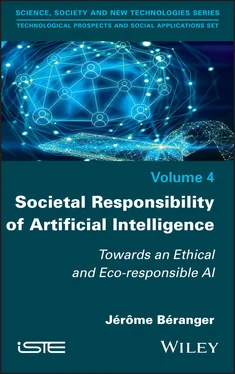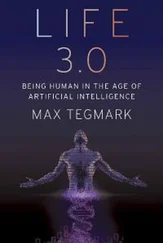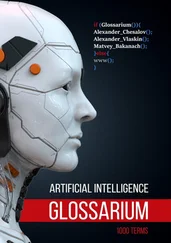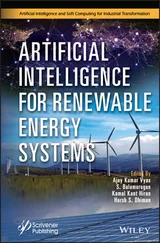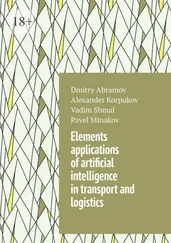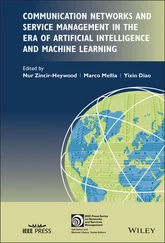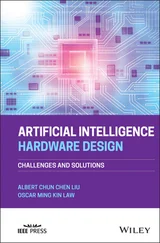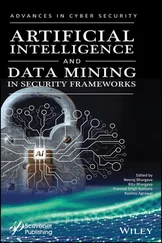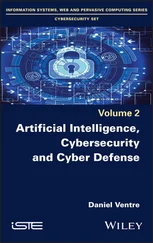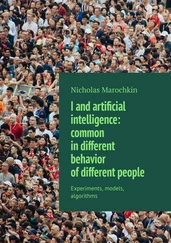1 Cover
2 Title Page Technological Prospects and Social Applications Set coordinated by Bruno Salgues Volume 4
3 Copyright First published 2021 in Great Britain and the United States by ISTE Ltd and John Wiley & Sons, Inc. Apart from any fair dealing for the purposes of research or private study, or criticism or review, as permitted under the Copyright, Designs and Patents Act 1988, this publication may only be reproduced, stored or transmitted, in any form or by any means, with the prior permission in writing of the publishers, or in the case of reprographic reproduction in accordance with the terms and licenses issued by the CLA. Enquiries concerning reproduction outside these terms should be sent to the publishers at the undermentioned address: ISTE Ltd 27-37 St George’s Road London SW19 4EU UK www.iste.co.uk John Wiley & Sons, Inc. 111 River Street Hoboken, NJ 07030 USA www.wiley.com © ISTE Ltd 2021 The rights of Jérôme Béranger to be identified as the author of this work have been asserted by him in accordance with the Copyright, Designs and Patents Act 1988. Library of Congress Control Number: 2021931051 British Library Cataloguing-in-Publication Data A CIP record for this book is available from the British Library ISBN 978-1-78630-694-4
4 Acknowledgments
5 Introduction
6 1 Societal and Moral Questioning Around AI and Its Ecosystem
1.1. Use cases of AI
1.2. Digital environment
1.3. What is the place for human beings in this digital society?
1.4. Technological and societal issues
1.5. Ethical and moral issues
7 2 The Ethical Approach to AI
2.1. Definition of ethics
2.2. General ethical principles
2.3. Problems and ethical issues specific to the digital environment
2.4. Ethical criteria and better risk assessment of AI-related digital projects
2.5. Analysis of AI-related knowledge
8 3 Ethical Framework Associated with AI
3.1. Ethical charter around AI
3.2. Recommendations for AI
3.3. Temporality relative to the human guarantee in digital technology
3.4. For the health user and for health user representation
3.5. For health personnel and for the representation of health personnel
3.6. Environmental parameters of digital technology
3.7. Regulation associated with AI
3.8. Algorithmic systems and digital data governance
3.9. Four key steps for an AI project
3.10. Algorithmic responsibility
9 4 Anticipation Around Artificial Consciousness
4.1. Protean aspects of consciousness associated with intelligence
4.2. Structuring of consciousness
4.3. Neoplatonic systemic ethical modeling (Ψ, G, Φ) of an artificial consciousness
4.4. Process of creating practical wisdom from artificial consciousness
4.5. Morality of a “strong” AI
10 Conclusion
11 Appendices
12 Appendix 1 Ethical Charter of Using AI in Judicial Systems and Their Environment
13 Appendix 2 Practical Recommendations of the CNIL Regarding the Ethics of Algorithms
14 Appendix 3 OECD Recommendation on AI
15 Appendix 4 Questions Concerning the Application of Ethical Standards
A4.1. Question 1: universality of standards A4.2. Question 2: moral saturation
A4.3. Question 3: bias
A4.4. Question 4: integration and compatibility of standards
A4.5. Question 5: trust
A4.6. Question 6: environment
16 Appendix 5 CERNA Recommendations on Machine Learning
17 Appendix 6 Reasons for a “Digital Divide”
18 Appendix 7 Holberton–Turing Oath
A7.1. Holberton–Turing oath
19 Appendix 8 Report Proposals: “For a Controlled, Useful and Demystified Artificial Intelligence”
A8.1. For a controlled artificial intelligence A8.2. For useful AI, in the service of humans and humanistic values
A8.3. For a demystified AI
20 List of Abbreviations
21 References
22 Index
23 End User License Agreement
1 Chapter 2Figure 2.1. Ethical categories associated with algorithmic processing. For a col...Figure 2.2. Ethical criteria for algorithmic processing Figure 2.3. Study of the knowledge pyramid through ethical modeling. For a color...
2 Chapter 4Figure 4.1. Modeling an artificial consciousness through the Neoplatonic systemi...Figure 4.2. Process of creating practical wisdom from an artificial consciousnes...
1 Chapter 1 Table 1.1. AI use cases by industry
Table 1.2. Digital ecosystem of Big Data operated by AI
2 Chapter 2Table 2.1. Vocations and questions of ethical principles applied to AI Table 2.2. Impacts of AI data on individuals Table 2.3. Positive and negative effects of AI in the socioecological sector Table 2.4. Structuring of ethics of algorithms Table 2.5. Parameters constituting the environment surrounding knowledge Table 2.6. Structuring of the knowledge pyramid
3 Chapter 3Table 3.1. Steps for integrating an approach to Ethics by Evolution within a dig...Table 3.2. Temporality associated with the human guarantee in the case of AI in ...Table 3.3. Strategic launching of AI within a structure Table 3.4. Questions and actions to prepare an AI-related project Table 3.5. SWOT table of AI issues for a company
4 Chapter 4Table 4.1. Links between levels of consciousness and forms of intelligence Table 4.2. Interactions between levels of ethics, dimensions of systems modeling...
1 Cover
2 Table of Contents
3 Title Page Technological Prospects and Social Applications Set coordinated by Bruno Salgues Volume 4
4 Copyright First published 2021 in Great Britain and the United States by ISTE Ltd and John Wiley & Sons, Inc. Apart from any fair dealing for the purposes of research or private study, or criticism or review, as permitted under the Copyright, Designs and Patents Act 1988, this publication may only be reproduced, stored or transmitted, in any form or by any means, with the prior permission in writing of the publishers, or in the case of reprographic reproduction in accordance with the terms and licenses issued by the CLA. Enquiries concerning reproduction outside these terms should be sent to the publishers at the undermentioned address: ISTE Ltd 27-37 St George’s Road London SW19 4EU UK www.iste.co.uk John Wiley & Sons, Inc. 111 River Street Hoboken, NJ 07030 USA www.wiley.com © ISTE Ltd 2021 The rights of Jérôme Béranger to be identified as the author of this work have been asserted by him in accordance with the Copyright, Designs and Patents Act 1988. Library of Congress Control Number: 2021931051 British Library Cataloguing-in-Publication Data A CIP record for this book is available from the British Library ISBN 978-1-78630-694-4
5 Acknowledgments
6 Introduction
7 Begin Reading
8 Conclusion
9 Appendices
10 Appendix 1 Ethical Charter of Using AI in Judicial Systems and Their Environment
11 Appendix 2 Practical Recommendations of the CNIL Regarding the Ethics of Algorithms
12 Appendix 3 OECD Recommendation on AI
13 Appendix 4 Questions Concerning the Application of Ethical Standards
14 Appendix 5 CERNA Recommendations on Machine Learning
15 Appendix 6 Reasons for a “Digital Divide”
16 Appendix 7 Holberton–Turing Oath
Читать дальше
